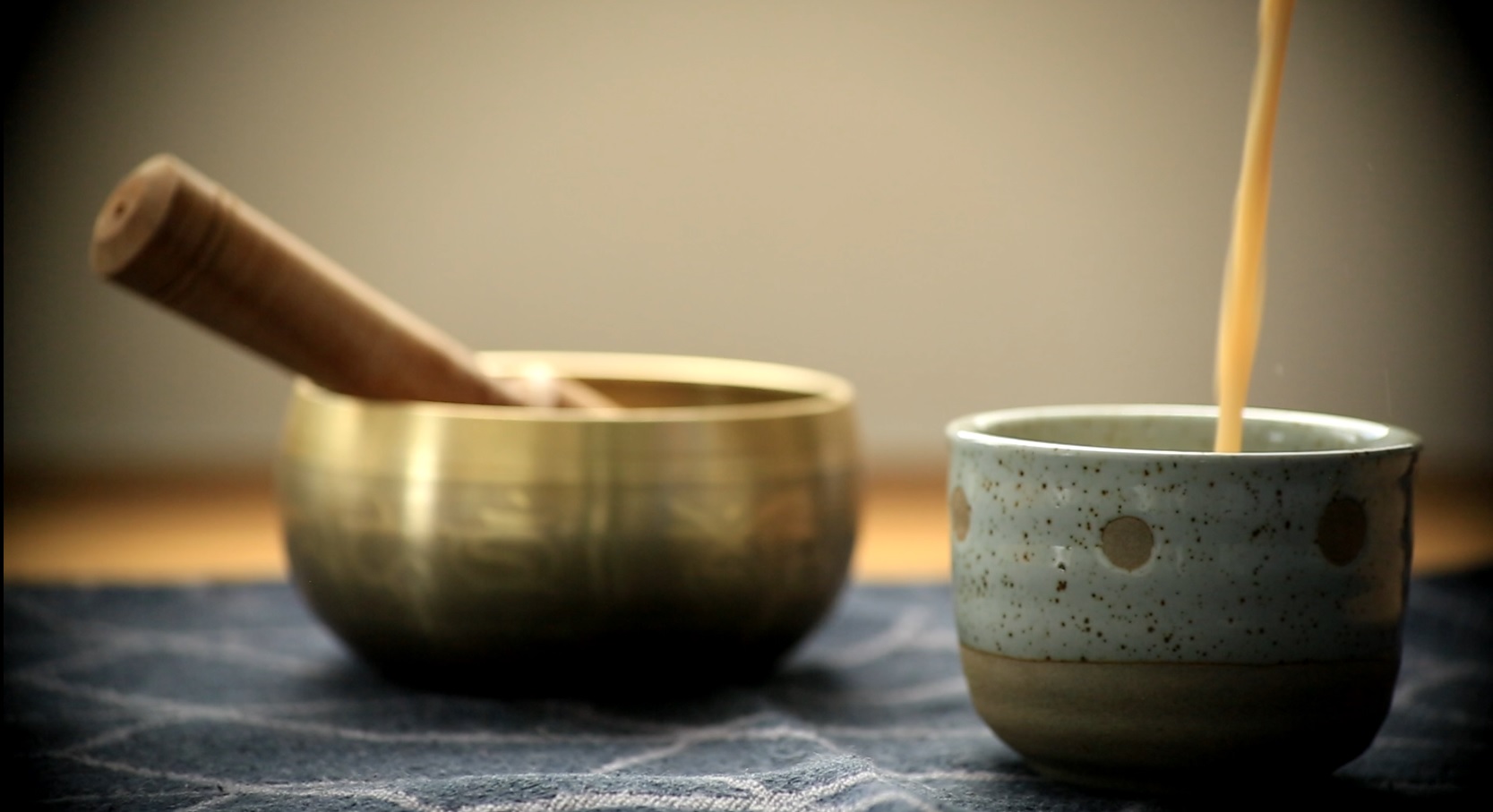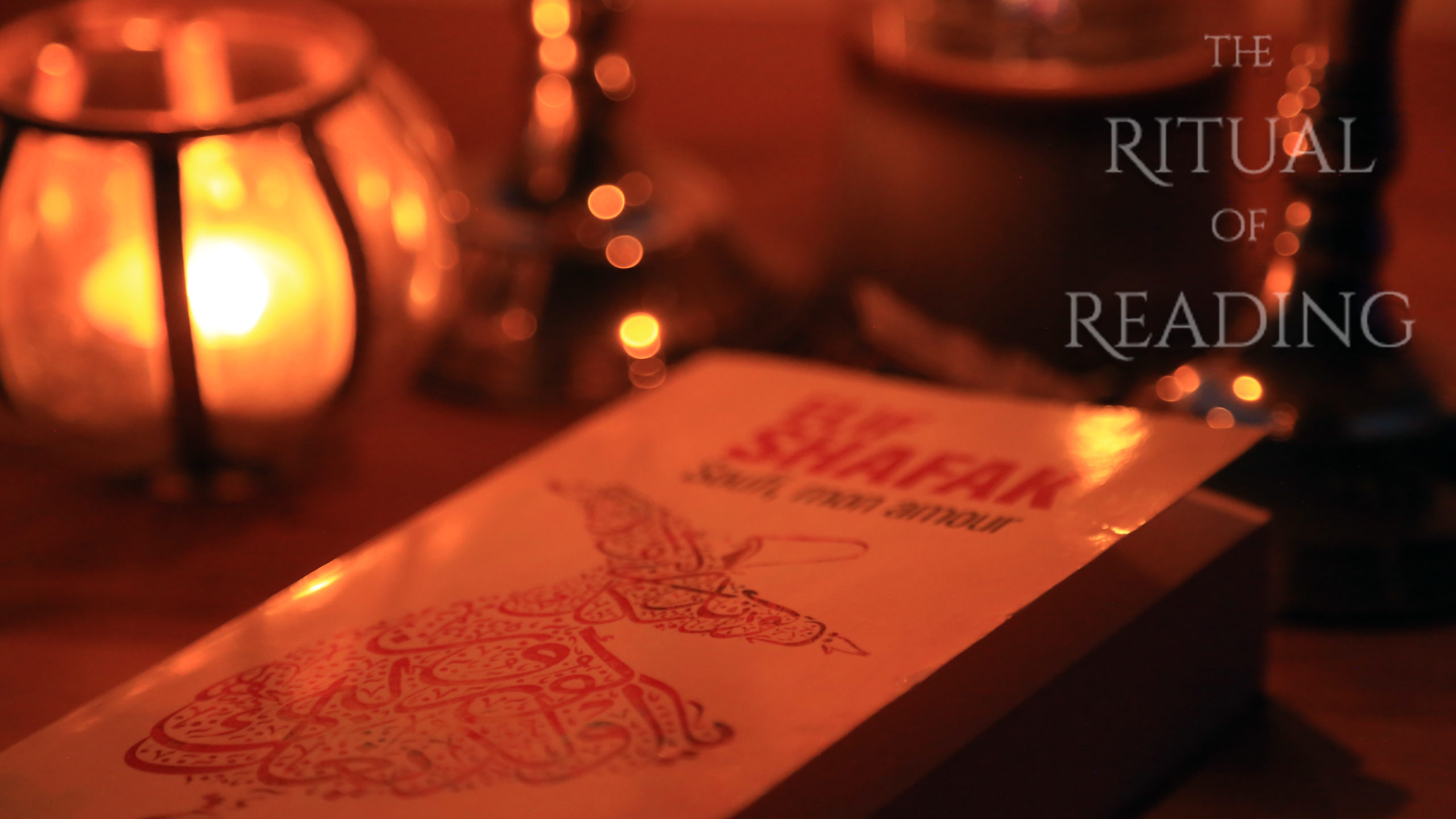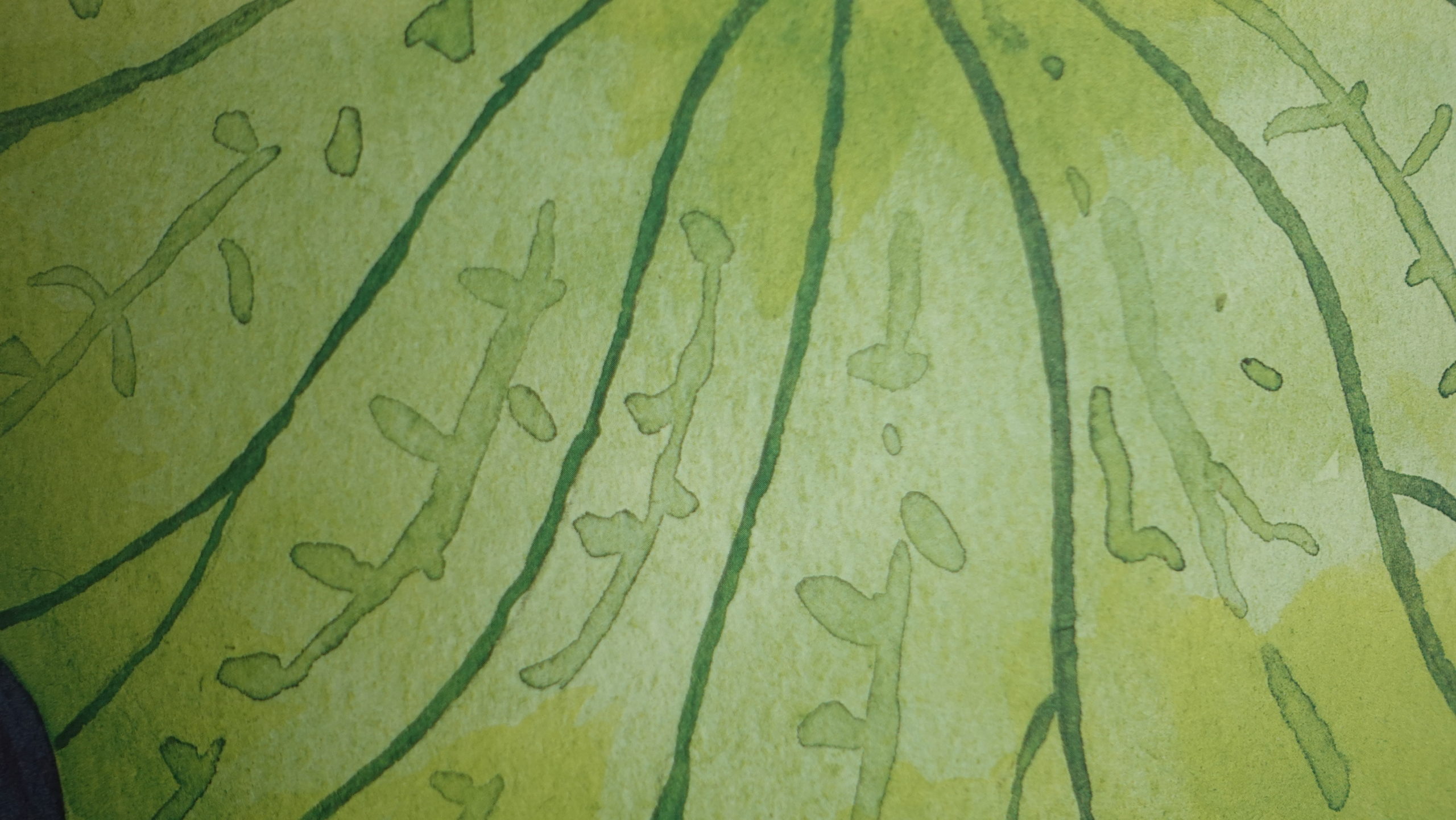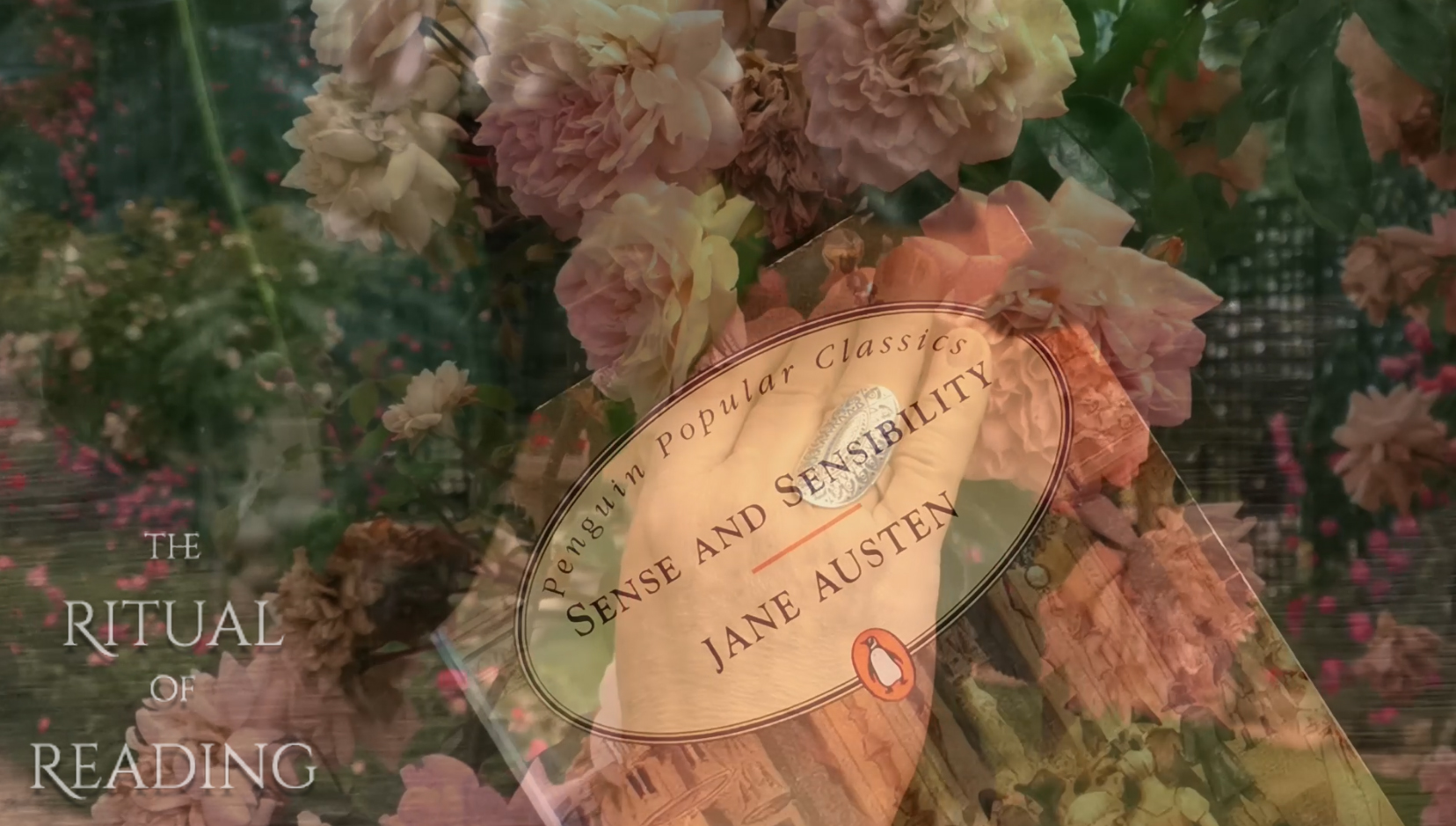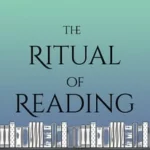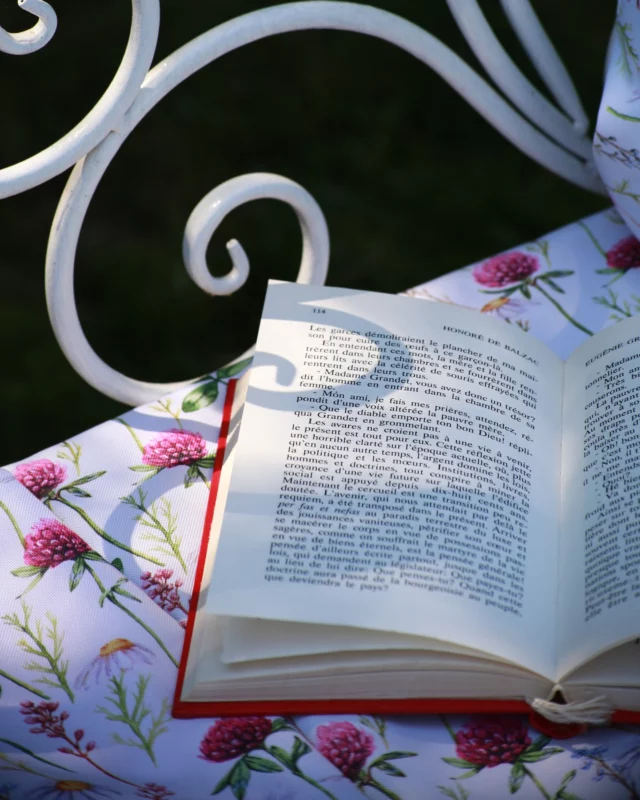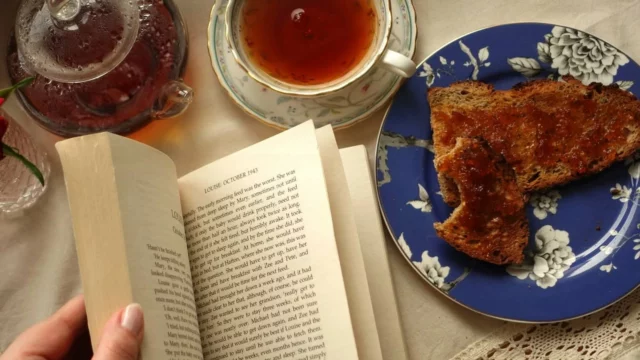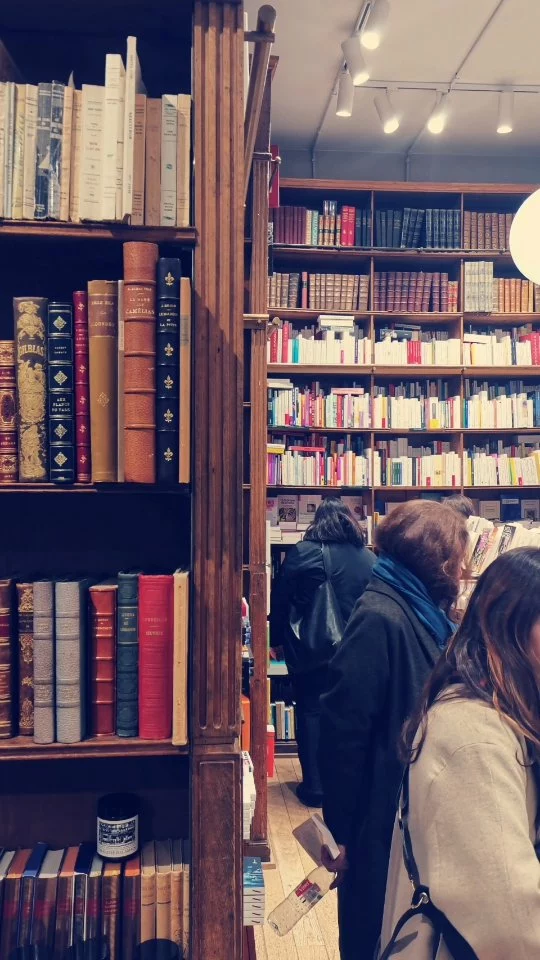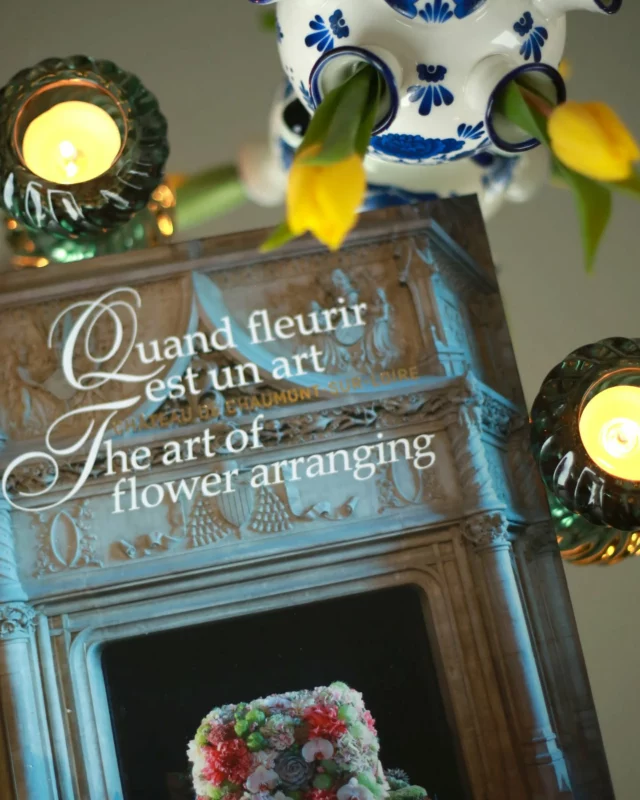A country that evokes many different pictures to each of us, Tibet is certainly a land we often misread through snippets of information we got here and there. I don’t know if I will ever set foot in a tibetan monastery or a traditional household, but Alexandra David-Néel’s book certainly gives me an occasion to imagine what a journey like that would be like. So between the chapters, I find pleasure in playing around…
Tibetan Bowls
While looking around the house, the first thing I notice that seems to be in tune with the subject is my singing bowl. And what a lovely opportunity to find out, once and for all, the history of this very popular object nowadays. Often called a Tibetan singing bowl, the technical term would be standing bell, as it is an inverted or resting bell. Often played by striking, there are some that produce a sustained musical note when played by rotating a mallet around the outside rim. Some say there is nothing Tibetan about it, others find its origin in 16th century BC China, and trace its use in religious rituals from Japan to India, mainly in Buddhism but also in Taoism. The practice of the singing bowls as opposed to striking them, is relatively new, and is mostly used in sound therapy in the western world. The claims of magical powers might leave you doubtfull, but what has been studied by neuroscientists is the nature of the sound waves produced by the bowls. As it turns out, the structure of the wave is almoast identical to the alpha waves our brain produces when in deep relaxation or meditation. So you don’t have to find them magical, but listen to a sound bath every once in a while, just like you listen to any other type of music, and with a little imagination, you might just feel you’re in a buddhist monastery, high up in the mountains, away from all your worries…
Tibetan Butter Tea
Let’s go on with the dream. So you’re in a buddhist monastery in the Himalayas. How did you get there ? It must have been difficult, walking in the mountains, guided by the sherpas, you can smell the rarefied air, and you can almoast hear the sound of the snow under your boots. When you arrive, local hospitality dictates you enjoy a cup of tea with the monks.Now there is nothing much that can prepare you for a tibetan cup of Po Cha. They make a tea that must sustain your body in the rough conditions, so think of it as a chicken soup more than a five o’clock tea. The dairy is usually yak based, but many tibetans living abroad use cow’s products to make their traditional beverage.Start off with 4 cups of water, and 2 teaspoons of black tea. Bring to a boil and let is simmer for a few minutes, depending on how strong you like it.Then strain it and add one cup of milk and 2 teaspoons of butter. And don’t forget the pinch of salt. Anywhere up to half a teaspoon.Now it’s time to blend. Traditionnaly, a special churn is used to make the mixture frothy, but you can use a blender or a hand mixer like I did. The most important thing is to keep mixing until the butter is well incorporated and does not sit at the surface.A tea that confuses you at first, but I can honestly say that it was the perfect drink while reading Alexandra David Néel’s travel journal. Here is the first mention she makes of it :Hastily I revived the fire. Yongden brought water from the stream, and we prepared the Thibetan tea, with butter and salt, in the simple manner of poor travellers who cannot enjoy the luxury of a churn to mix it.
Turquoise
Some gemstones, just like Tibet, seem familiar even though we have little knowledge of them. Presenting… the turquoise.Adored for centuries, Turquoise rocks have been carved and set into everything from royal thrones and daggers to jewelry and cups. Use of Turquoise dates as far back as 5500 B.C., when it was believed to prevent accidents and cure diseases of the head and the heart. One legend suggests that throwing a piece of Turquoise into a river will bring rain.In ancient times in China and Tibet, turquoise was used as amulets, and shamans worshipped and believed in its protective and spiritual properties. There is a legend connected with this stone, in which Buddha destroyed a monster with the help of a magical turquoise, so it is a semiprecious stone widely used by Buddhists.For healers, turquoise is a purification stone. It dispels negative energy and can be worn to protect against outside influences or pollutants in the atmosphere. It has the power to reconcile all hostile, to pacify quarrels, to establish peace in everything. A stone sent from the Sky, as the Tibetans believe, and that holds in its colour the profound harmony of a shaman’s gaze. Holding it in your hand, while reading about the journey of a Lama, you feel connected, for a moment, with something eternal, that was, that is, and that shall always be.
A few simple gestures, turned into rituals by our intention. To be present with the book, to connect our senses to a new world and give ourselves permission to experience something different. This was my Tibet – inspired ritual, between Alexandra David-Néel and my own imagination. I hope you have enjoyed this mountain air and the freedom it brings.
Until next time, enjoy your reading, and your rituals !
If you would like to support The Ritual of Reading, please consider purchasing your books from the Bookshop.org dedicated site by clicking the link below. You get to support local bookstores and I make a small commission with every purchase. Thank you !

